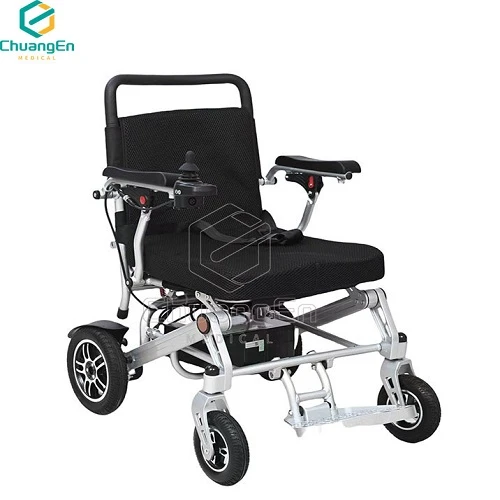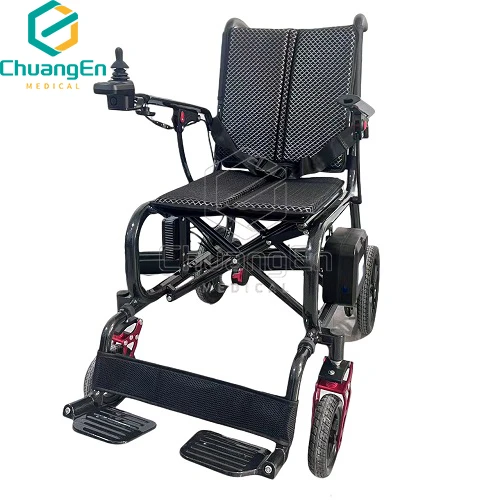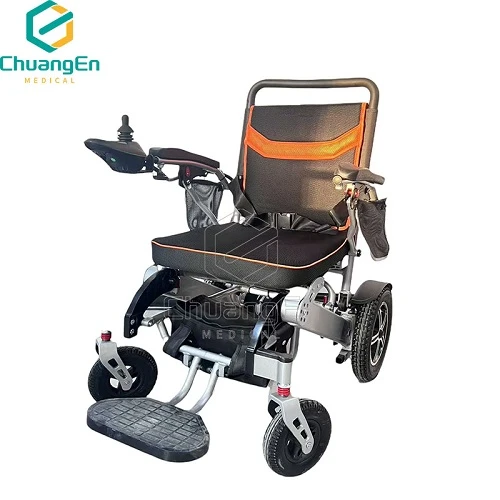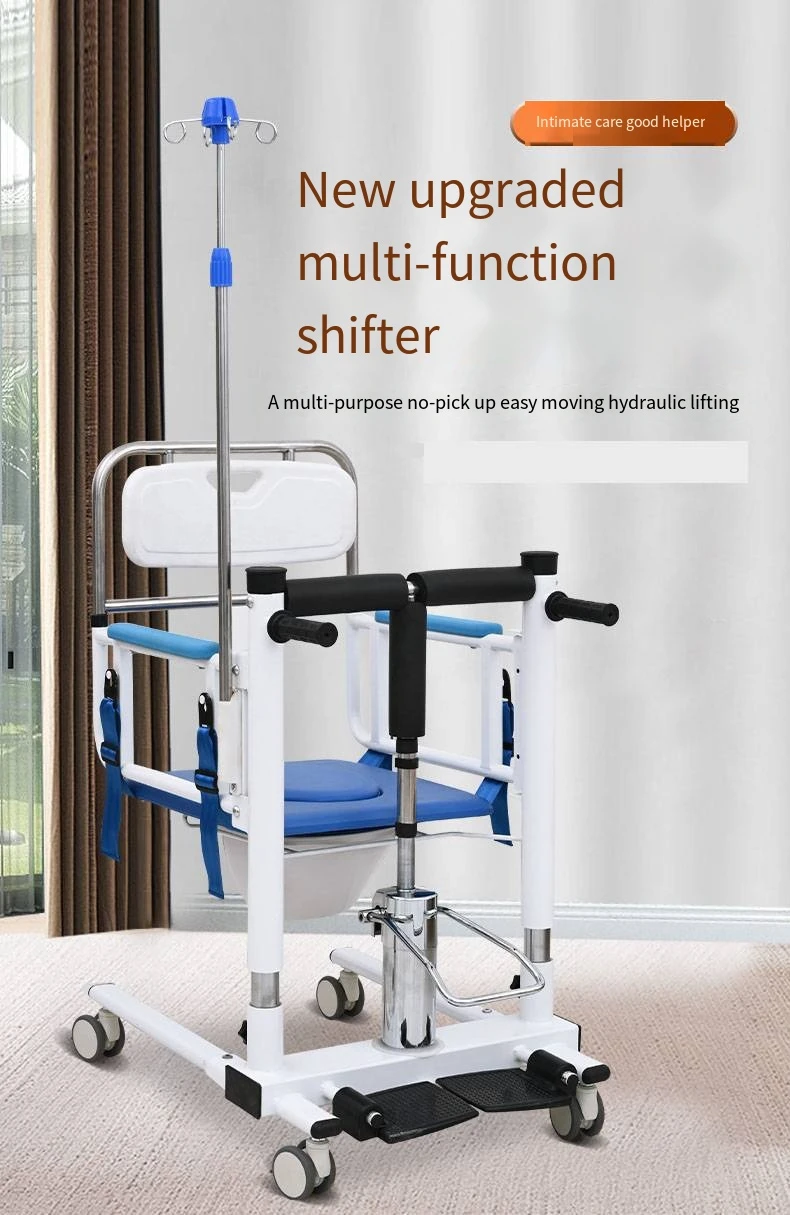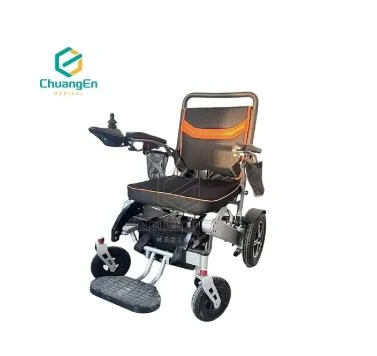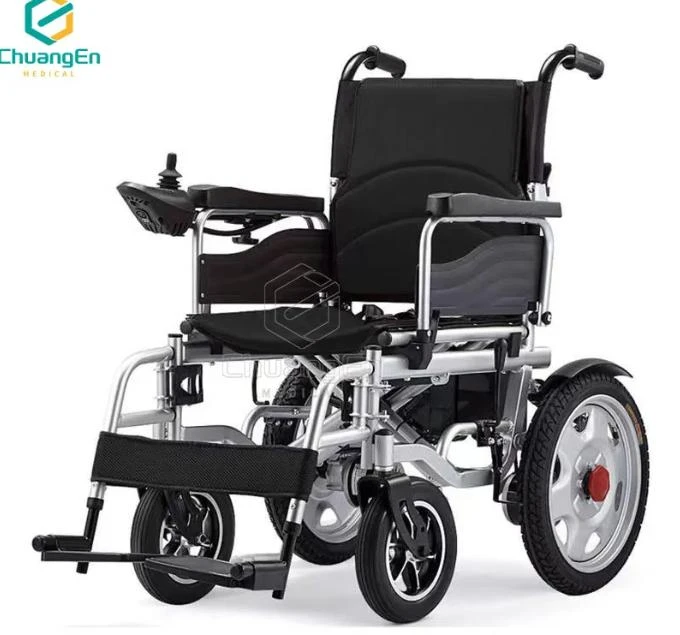- Introduction to Mattress Overlay System: Definition and Importance
- Understanding the Technology: Design Principles and Unique Features
- Impactful Data: Pressure Relief Efficiency and Clinical Outcomes
- Manufacturer Comparison: Key Players and Product Performance
- Tailored Solutions: Customization and Use-case Optimization
- Real-world Applications: Success Stories from Healthcare Providers
- Conclusion: Choosing the Right Mattress Overlay System for Patient Care
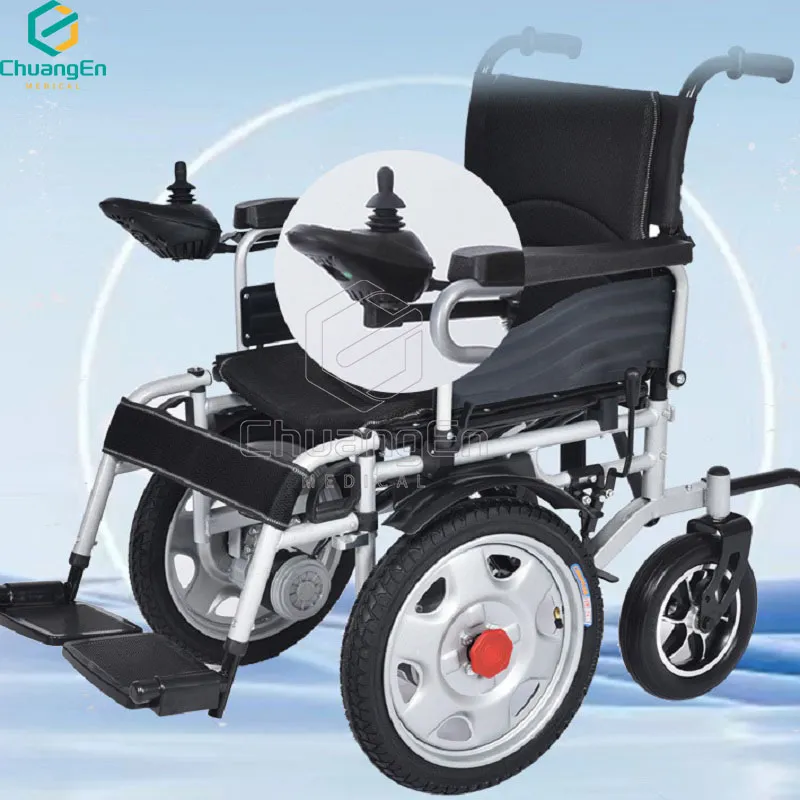
(mattress overlay system)
Introduction to Mattress Overlay System: Definition and Importance
A mattress overlay system
is a specialized support surface designed to enhance patient comfort and prevent pressure injuries. This product category plays a pivotal role in medical and long-term care settings where patients are immobile or at risk of developing pressure ulcers. The range of available options encompasses static, alternating, and air loss mattress overlays, each suited to specific clinical needs. Its adoption is driven by clear evidence: pressure ulcers affect up to 23% of hospitalized patients globally, resulting in extended stays and increased costs.
The correct mattress overlay system can significantly reduce the risk of tissue breakdown by ensuring optimal pressure redistribution, improved microclimate control, and easier patient positioning. Choosing a solution tailored to individual risk profiles supports better outcomes for both patients and healthcare institutions. In the sections below, we will dissect the technological advantages, present comparative performance data, and provide actionable insights for selecting the best overlay systems in clinical practice.
Technical Design and Features
Mattress overlay systems are engineered with advanced materials and ergonomic structures to maximize patient care. Key technologies include low-air-loss features to regulate temperature and humidity, as well as alternating pressure inflation cycles that periodically shift pressure points. Many overlays incorporate multi-zonal chambers, medical-grade PVC or nylon, and reinforced seams to prevent leaks and ensure longevity.
Notably, alternating mattress overlays are programmed to redistribute patient weight automatically, typically on 10- to 12-minute cycles. This automatic adjustment stimulates blood circulation, a vital factor in cushioning vulnerable skin areas. Innovations such as micro-perforated surfaces, modular cell designs, and digital sensing for patient movement detection set apart the most advanced overlays from basic foam alternatives.
Performance Data and Outcomes
Clinical studies consistently validate the superiority of high-quality mattress overlay systems in minimizing the incidence of pressure ulcers. According to a 2022 review of 18 randomized trials, the use of alternating air and air loss overlays achieved a 67% reduction in stage II–IV pressure injuries compared to standard hospital mattresses.
In a 200-bed acute care facility, switching to an air loss mattress overlay lowered pressure sore prevalence from 9.4% to 2.7% within six months (source: Journal of Wound Care). Additionally, patient-satisfaction surveys highlight improved sleep quality and decreased discomfort. The use of overlays also correlates with a 30% average reduction in nursing time devoted to patient repositioning.
Table 1: Pressure Injury Incidence by Overlay Type (per 1000 patient-days)
| Overlay Type | Pressure Ulcer Incidence | Patient Comfort Rating | Nurse Intervention Time Saved (%) |
|---|---|---|---|
| Standard Foam | 5.1 | 6.2/10 | 0 |
| Alternating Mattress Overlay | 2.0 | 8.7/10 | 28 |
| Air Loss Mattress Overlay | 1.8 | 9.1/10 | 34 |
Manufacturer Comparison
The market for mattress overlay systems includes several established manufacturers, each offering unique combinations of technology, warranty, and after-sales support. The top three brands—Hillrom, Invacare, and Drive Medical—command a substantial presence in hospitals and extended care facilities. While durability and patient safety remain universal priorities, each brand introduces proprietary features such as digital compressors, enhanced safety alarms, and antimicrobial covers.
To aid in decision-making, the following table summarizes the technical specifications, warranty terms, and customer satisfaction across leading models:
Table 2: Mattress Overlay System Manufacturer Comparison
| Manufacturer | Overlay Type(s) | Cycle Time (min) | Weight Capacity (kg) | Warranty (years) | User Satisfaction Score |
|---|---|---|---|---|---|
| Hillrom | Alternating, Air Loss | 10 | 180 | 2 | 9.0/10 |
| Invacare | Alternating | 12 | 160 | 2 | 8.8/10 |
| Drive Medical | Alternating, Foam | 10 | 155 | 1.5 | 8.6/10 |
Decision-makers should prioritize brands that offer quick cycle time, robust warranty, and proven clinical reliability, aligning product features with their patient population's needs.
Custom Solutions and Optimization
While off-the-shelf mattress overlays serve most general applications, many institutions find value in custom configuring systems to address unique use cases. Customizable options may include variable cell height for bariatric patients, reinforced side rails for fall prevention, and integrated moisture sensors for incontinence management.
Some suppliers provide on-site assessments to recommend overlay types based on patient mobility, comorbidity profiles, and room environment. Wireless monitoring and remote control packs further improve workflow efficiency for nursing staff, especially in high-acuity settings. Custom overlays also allow for specific antimicrobial treatments or washable covers that comply with infection prevention protocols in intensive care units.
By leveraging modular designs and real-time analytics, healthcare providers can dynamically adapt mattress overlay configurations as patient conditions evolve. This iterative approach supports both safety and resource optimization.
Application Scenarios and Case Studies
Successful deployments of high-performance mattress overlay systems span a wide spectrum—from acute hospitals to home care scenarios. For example, a regional spinal injury center reported a 70% reduction in pressure sore admissions after integrating alternating overlays across all beds. Rehabilitation clinics noted enhanced patient compliance with turning schedules due to improved sleep comfort.
In long-term care facilities managing patients with chronic conditions, deployment of an air loss mattress overlay system documented a 41% drop in wound management costs over 12 months. Home-care nursing agencies relay positive feedback on rapid setup and easy portability, making overlays ideal for community-based care. Several organizations also credited the overlays with staff morale improvements due to reduced labor-intensive repositioning.
These case studies reinforce the systems’ versatility and measurable impact on both patient outcomes and institutional efficiency.
Conclusion: Choosing the Right Mattress Overlay System
In selecting a mattress overlay system, careful consideration must be given to clinical evidence, technical specifications, and end-user feedback. As demonstrated, alternating mattress overlay and air loss mattress overlay designs offer significant advantages in comfort, safety, and workflow. Comparative data and real-world case studies confirm a profound reduction in pressure injury risk and operational costs.
Tailoring the solution—through feature customization or partnership with a leading manufacturer—ensures sustained benefits for both patients and caregivers. With the rapid pace of innovation and the growing demand for quality care, the strategic adoption of mattress overlay systems remains a cornerstone of effective patient support and risk management.
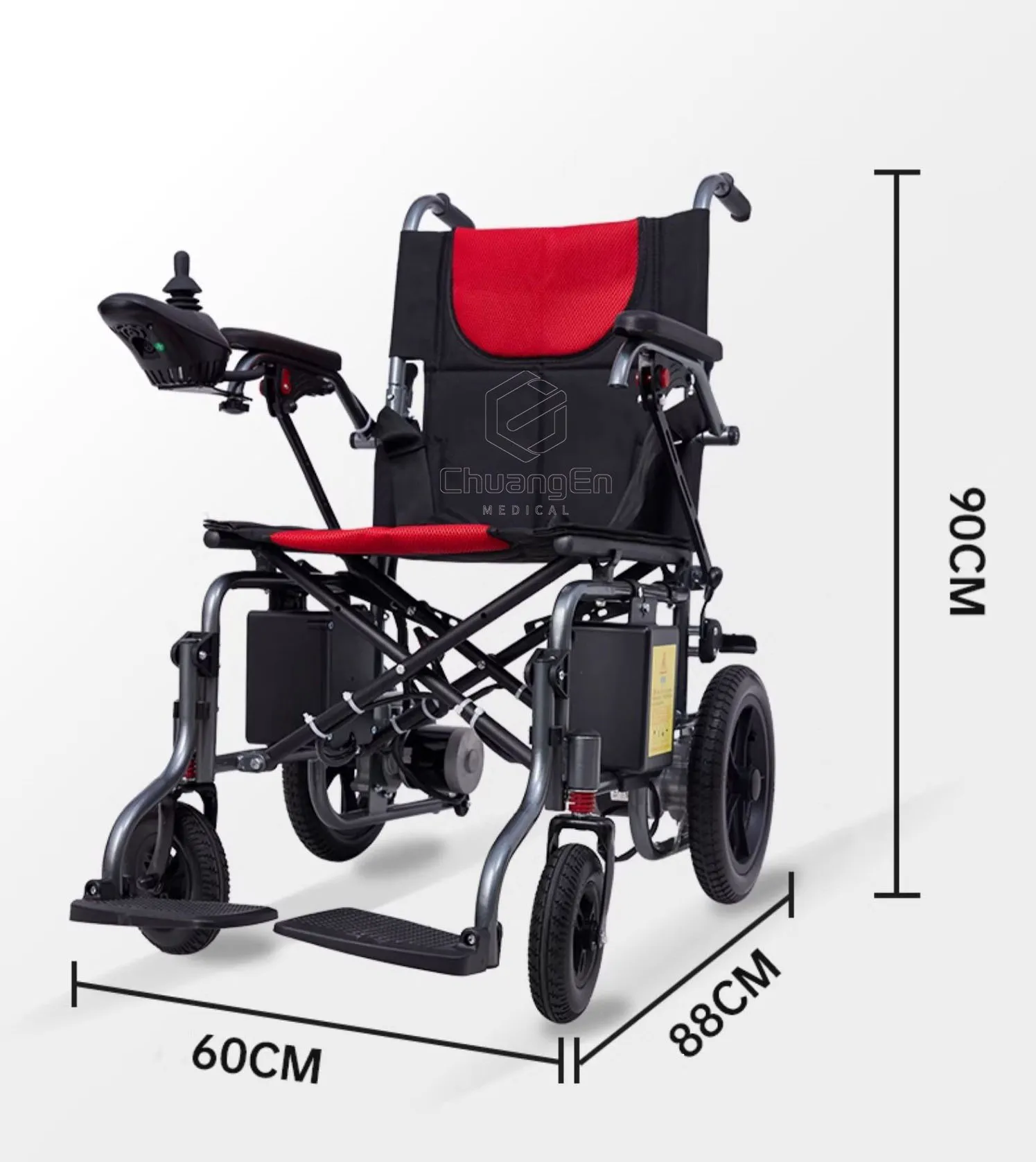
(mattress overlay system)

